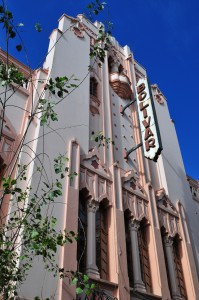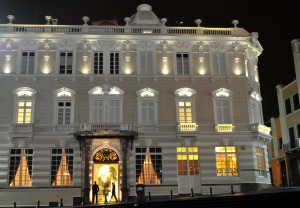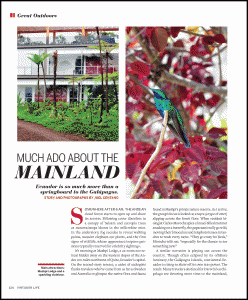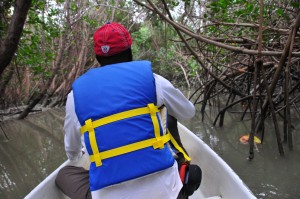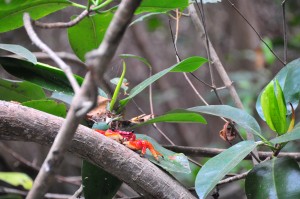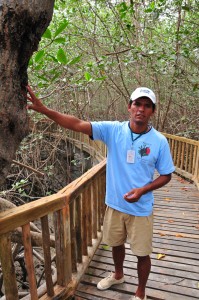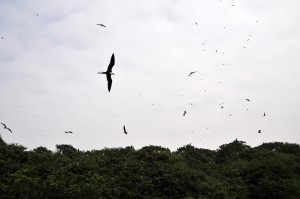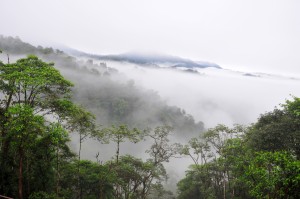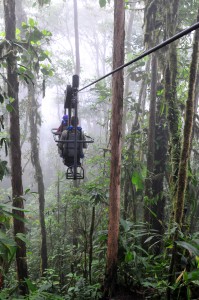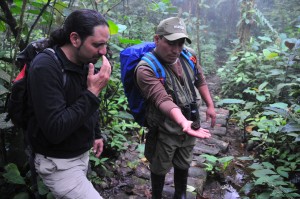Congratulations, Quito! Ecuador’s tourism board recently announced that its capital is an official finalist in the Swiss-based New 7 Wonders Cities contest. The current list of finalists comprises 28 cities (including Chicago, Seoul, Beirut, and Barcelona) winnowed from an initial pool of more than 300. Voters from around the world will select the winning seven wonders, which will be unveiled on December 7, 2014. You can vote for your seven favorites at new7wonders.com/en/cities.
No doubt, the news was well received in a country that’s currently calling to visitors and developing its tourism infrastructure with such vigor (read: new eco-lodges, boutique hotels, international airport, and deluxe train journeys, to name a few).
I had the pleasure to see this progress firsthand while exploring much of continental Ecuador – from Quito to the cloud forest to the coast – last November after an initial trip there afforded only a quick overnight in Guayaquil en route to the Galápagos Islands. What I found: a diversity of indigenous cultures, brilliant biodiversity, a revitalized culinary scene, and passionate ambassadors (everyone from newly repatriated chefs to ardent environmentalists) all eager to show off and share the virtues of their country. Read more in my story “Much Ado About the Mainland,” published recently in the November/December issue of Virtuoso Life.

